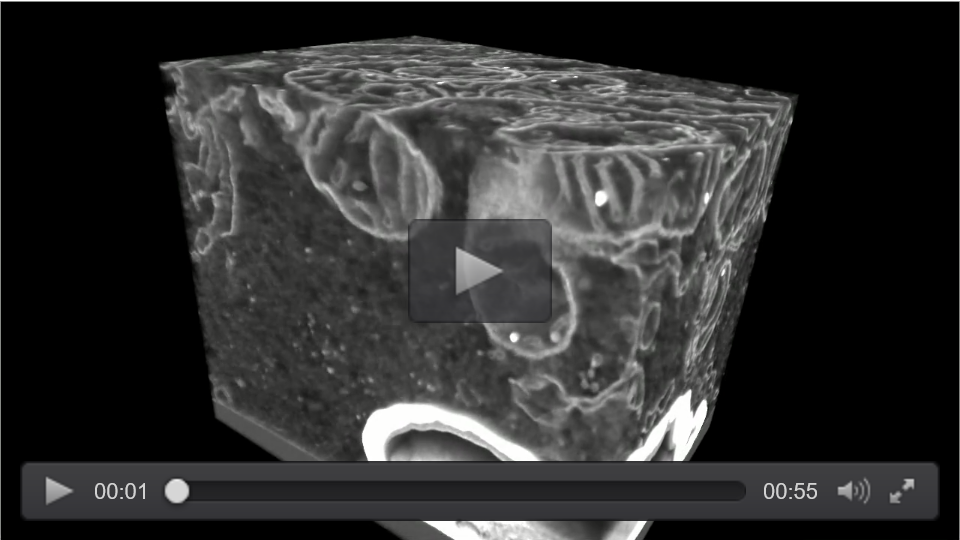Neuroelectronic Interfaces (NEI) - Joint lab with the Faculty of Electrical Engineering and IT, RWTH
Neuroengineering
Inspired by the shape and geometries found in the extracellular matrix with its fibrils, pits and posts, engineered micro- and nanoelectrodes, such as nanoholes, grooves and pillars, have recently emerged as promising candidates for designing biomimetic neurointerfaces. The research area focuses on engineering bioelectronic devices with 3D vertical structures by means of 2-photon lithography (2PP): such technique, based on 2-photon absorption, enables the fabrication of 3D micro and nanostructures (with a resolution limit down to 1 µm) recalling neuronal features in order to improve the cell-chip coupling. Furthermore, we aim to improve the biomimetic properties of such devices by using supporting lipid bilayers, artificial cell membranes able to mask electronic devices so that they can actually resemble cells outer architecture. Finally, to mimic the dynamicity of biological systems, the group focuses also on exploiting new materials, which could couple dynamic and electrical properties at once, guaranteeing an instantaneous reshaping of the cell-material interface while enabling the real time monitoring of neuronal signals. Research line includes also the cell-material interface characterization by means of scanning electron microscopy coupled with focused ion beam.

Neuromorphic biohybrids
Neuromorphic devices have recently emerged as powerful platforms to recreate artificial neural network: these devices have a clear “learning” process from the outer stimuli, changing their conductive state and giving a different response similarly to physiological synaptic plasticity. The research focuses on implement adaptive biohybrid platforms for neuronal interfaces able to replace and repair injured brain areas. Our innovative approach consists in using organic electrochemical transistor to mimic neuronal functionalities (i.e. synaptic plasticity), and artificial biomembranes to resemble neuronal membrane composition, so that the so-formed biomimetic device might be able to engage a tight coupling with biological cells. Furthermore, we aim at exploiting the memory capabilities of the neuromorphic device to implement adaptive biosensors able to respond to cells stimuli through a feedback-loop control system.

Prof. Dr. Francesca Santoro
Tel.: +49-2461-61-8786
e-mail: f.santoro@fz-juelich.de
PUBLICATIONS:
Supported lipid bilayers coupled to organic neuromorphic devices modulate short-term plasticity in biomimetic synapses, Lubrano, C., Bruno, U., Ausilio C., Santoro, F., Adv. Mater. (2022) e2110194. doi:10.1002/adma.202110194
A systems theory approach to describe dynamic coupling at the cell–electrode interface, Bruno, U., Mariano, A., Santoro, F., APL Materials 9, 011103 (2021). doi:10.1063/5.0025293
A biohybrid synapse with neurotransmitter-mediated plasticity, Keene, S.T., Lubrano, C., Kazemzadeh, S., Melianas, A., Tuchman, Y., Polino, G., Scognamiglio, P., Cinà, L., Salleo, A., van de Burgt, Y., Santoro, F., Nat. Mater. 19, 969–973 (2020). doi:10.1038/s41563-020-0703-y
Probing the Ultrastructure of Spheroids and Their Uptake of Magnetic Nanoparticles by FIB–SEM, Mollo, V., Scognamiglio, P., Marino, A., Ciofani, G., Santoro, F., Adv. Mater. Technol. 5, 1900687 (2020). doi:10.1002/admt.201900687
Dynamic Manipulation of Cell Membrane Curvature by Light-Driven Reshaping of Azopolymer, De Martino, S., Zhang, W., Klausen, L., Lou, H.-Y, Li, X., Alfonso, F.S., Cavalli, S., Netti, P.A., Santoro, F., Cui, B., Nano Lett. 20 (1), 577–584 (2020). doi:10.1021/acs.nanolett.9b04307

